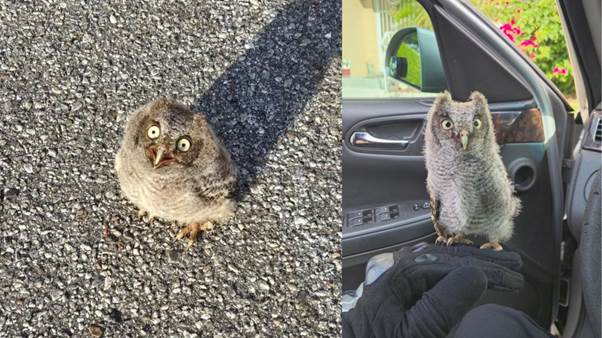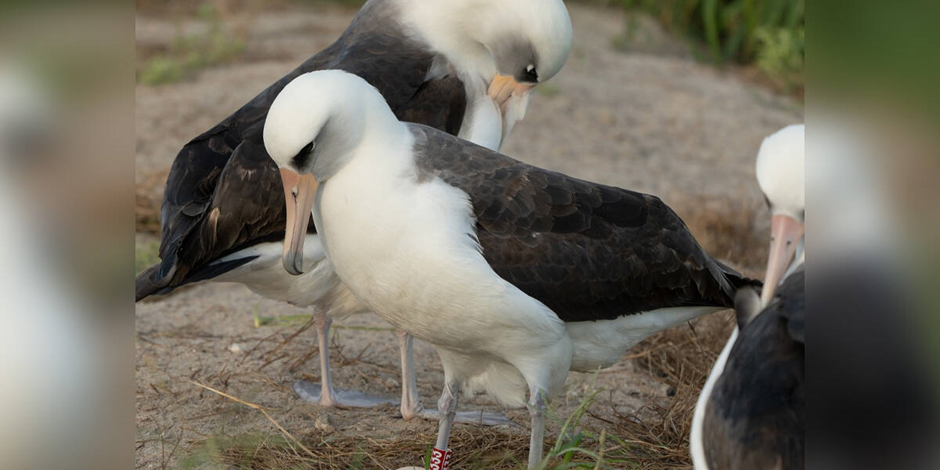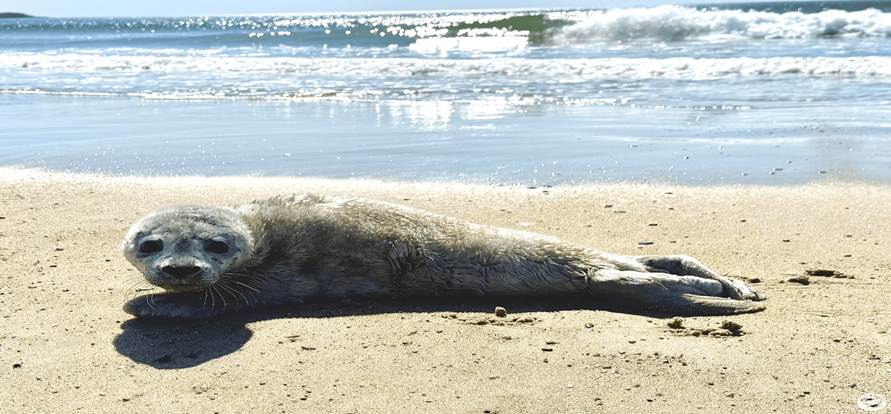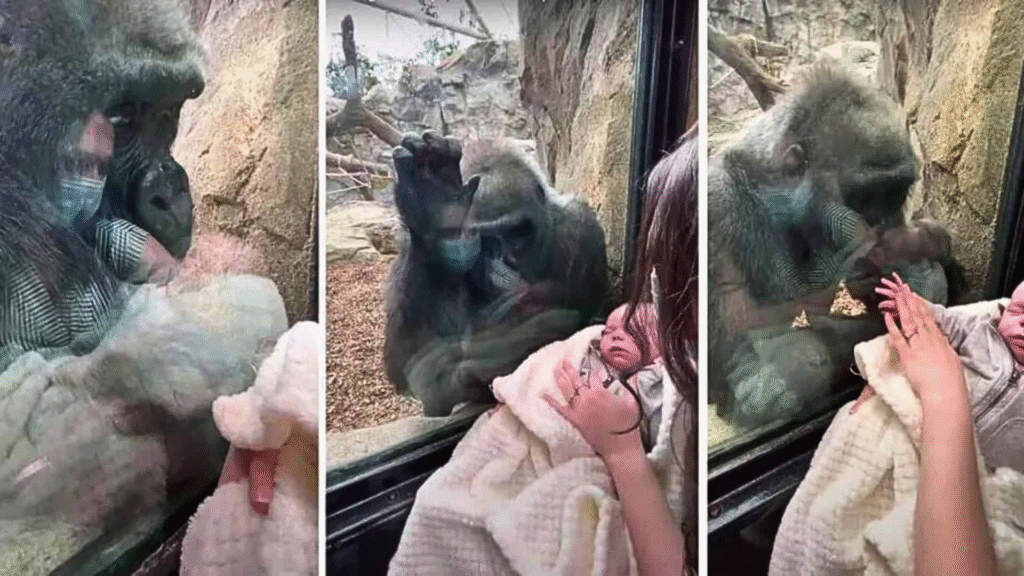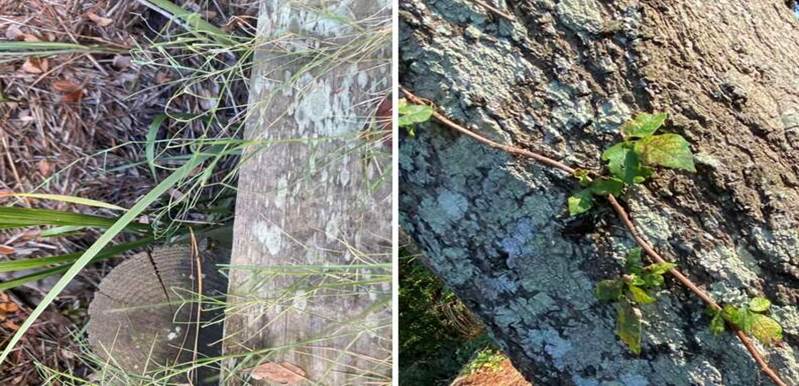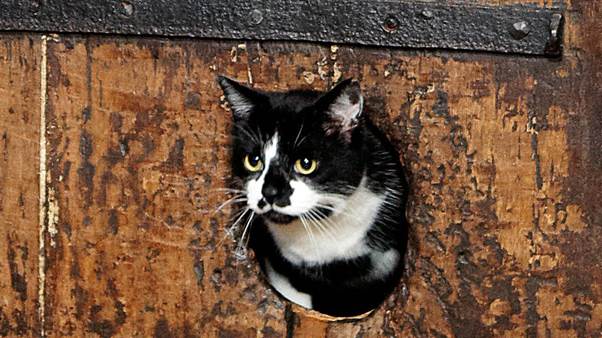The Detective Who Found a Fledgling: From Asphalt to Safety
Detective Marcus “Mac” Allen prided himself on seeing what others missed. It was the core of his job—finding the tiny, out-of-place detail that led to a truth hidden in plain sight. But this morning, the anomaly wasn’t a dropped key or a misplaced file; it was a spot of fluff in the middle of the busiest section of the precinct parking lot. The parking lot was a vast, unforgiving expanse of asphalt, bordered by a dense stand of pines where a few resident owls occasionally nested. The sun was just beginning to burn off the morning mist, and the lot was filling up fast with the rush of morning shift officers. Mac was walking to his unmarked car, thinking about the stacks of paperwork on his desk, when he stopped dead. Five feet from his bumper, sitting directly on the harsh, oily blacktop, was a creature impossibly out of place. It was an owlet—a small, fluffy, brown-and-white fledgling. Its head was still covered in the soft, downy feathers of youth, and its enormous, dark eyes were wide with a mix of confusion and fear. It was frozen, crouched low, blending almost perfectly with the uneven surface of the asphalt, making it look like just another piece of discarded debris. It was silent, too young and too terrified to call out. Mac knew instantly that this bird, which was barely the size of his fist, had fallen from its nest sometime during the night. A few more minutes, and it would be crushed by an arriving cruiser or SUV. Mac quickly moved to shield the tiny owl, planting his feet firmly in the middle of the parking space and waving his arms at an oncoming colleague. The sheer chaos of the environment highlighted the owlet’s vulnerability: the roar of engines, the squeal of tires, the relentless motion of the working day. He took off his suit jacket, folding it gently. His first instinct was to approach slowly, knowing that even a tiny bird could be dangerous if cornered, but this fledgling was clearly stunned and exhausted. Kneeling down, Mac spoke in a low, even tone—the same calming voice he used when interviewing a nervous witness. He carefully extended one hand, palm up, toward the owlet. The little bird blinked its big eyes but didn’t move. “It’s okay, buddy,” Mac murmured. “You’re coming with me.” He delicately scooped up the bird, using his hand as a large, warm nest. The owlet’s claws were surprisingly sharp, instinctively gripping his thumb, but the body was impossibly light. It nestled immediately into the warmth of his palm, seemingly accepting the protection offered by this sudden, massive figure. Mac carried the owlet back toward the station entrance, drawing surprised looks and curious questions from the uniformed officers. “Rescue mission,” he explained simply, adjusting his grip to keep the bird secure. He knew he couldn’t leave the bird in the busy station, so he improvised. He drove his car, the owlet riding safely in the cupholder, to a nearby, quiet park lot. He found a sturdy cardboard box and lined it with soft paper towels, creating a temporary sanctuary in the back seat of his vehicle. Next, Mac called the local wildlife rehabilitation center. He described the owl—a Northern Saw-whet Owlet, based on the markings—and the circumstances. The rehabilitator explained that the owlet was likely a “brancher,” learning to fly and hunt, but had simply made a terrible landing in a human habitat. While waiting for the official wildlife transport to arrive, Mac sat in the back of his car, keeping the owlet company. He was struck by its unwavering gaze. Those large, dark eyes seemed to absorb everything, yet held an innocence that was worlds away from the hardened reality of Mac’s daily life. He even managed to get a brief photo of the owlet sitting patiently in his palm—a beautiful, surreal moment of connection between a tough detective and a tiny, terrified creature. When the wildlife transport van arrived, driven by a volunteer named Sarah, Mac carefully transferred the owlet. He had been advised not to attempt feeding it, as specialized diets were crucial for raptors. Sarah carefully placed the owlet in a ventilated crate. She checked the bird for injuries, noting its strong grip and clear eyes. “You saved its life, Detective,” Sarah said, closing the crate door gently. “If it had been out there another hour, it would have been severe dehydration or trauma.” Mac felt a profound sense of satisfaction that eclipsed any solved case. He hadn’t just prevented a crime; he had restored a piece of nature. Before Sarah left, Mac asked for one more thing: a final photo of the owlet, now secure in its carrier, ready for the journey to the rehab facility. It was a picture of triumph—the owlet, no longer stranded on the dangerous asphalt, but safely cushioned, its future restored. The little owl was eventually named “Sherlock” by the rehab staff. After a few weeks of specialized feeding and flight practice in an enclosure, Sherlock was successfully released back into a forest area far away from the dangers of parking lots and high-rise city infrastructure. The detective’s sharp eyes had once again found the crucial detail, proving that the instincts of a good investigator can serve justice, whether for the community or for the smallest creature in need.
The Detective Who Found a Fledgling: From Asphalt to Safety Read More »

